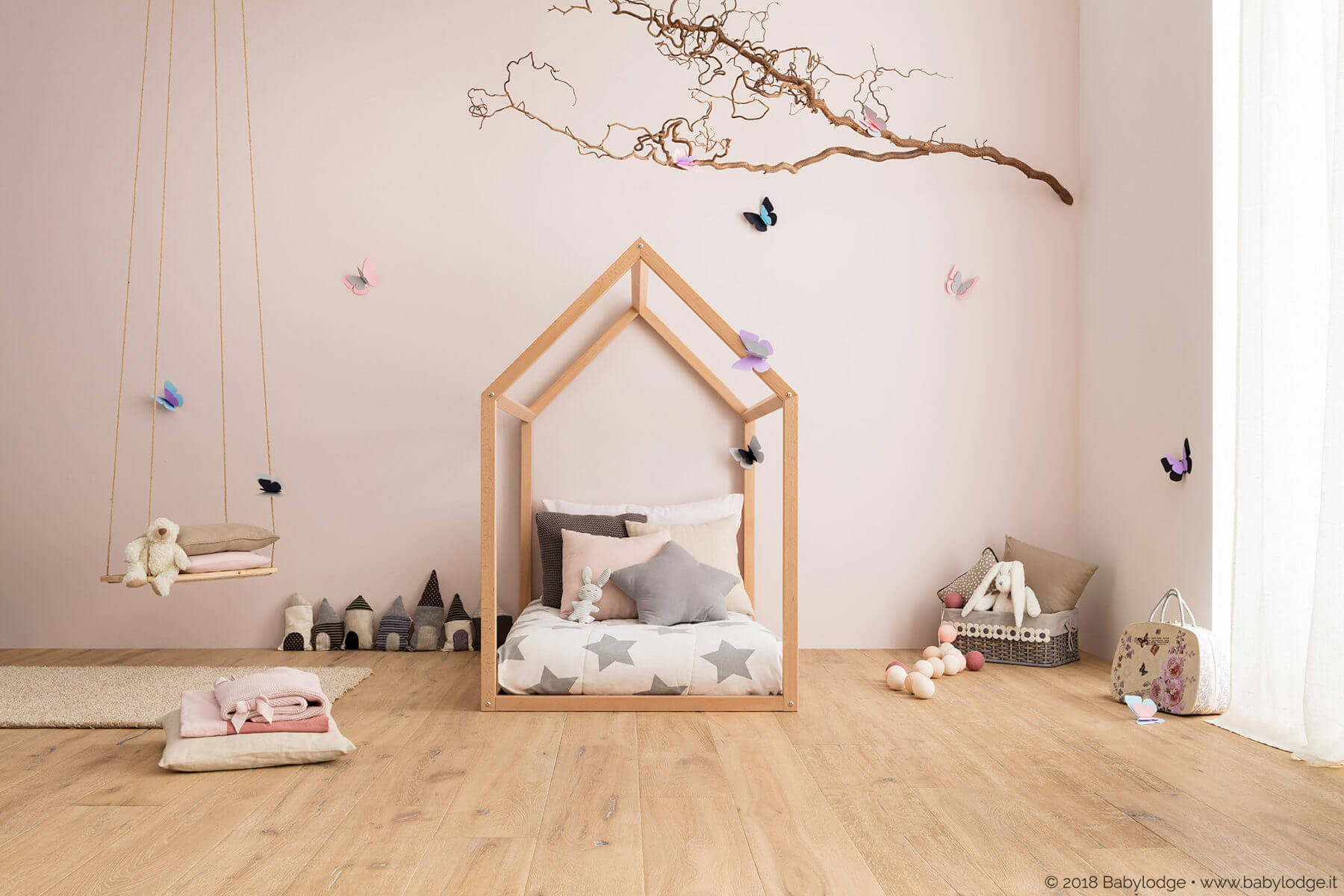(858) 759-0631
A Key Element of the Montessori Method is Encouraging Independence. A Montessori Bedroom Designed Just for Toddlers May Make This Happen.
As your newborn becomes a toddler, there are several simple ways to decorate their bedroom to help encourage more independence. Creating a Montessori bedroom may result in building strong patterns and habits in your toddler as it relates to play, work, toys, books, hygiene and clothing habits.
Designing and implementing Montessori-style themes is inexpensive and simple. Often, it cements the concepts being taught by your child’s teachers during the day which can be reinforced within their own space at home each night.
Important Design Themes for Parents of Montessori Preschoolers
Here are some options to be able to design and build your toddler’s Montessori-style bedroom:
-
Create a space where everything is within your child’s reach
-
Build a space to enhance your child’s personal growth
-
Keep the room simple and uncluttered
-
Keep shelves at toddler’s eye level for easy access
-
Place clothes at the bottom levels of drawers so kids can access and get dressed
-
Decorate walls with their artwork to illustrate their space
-
Details like big knobs for small hands and low lights for small arms are helpful
-
Add a workspace with a small table and chairs so they can access and emulate parents’ work spaces
-
Remove the crib. Put a toddler bed that’s close to the floor or place a mattress on the floor.
These options are easy to incorporate and will build independence in your toddler!
When thinking about designing a room for your toddler, think Hobbit! Remember, your child is two to three feet tall! So, scale down to their body and eye level. A fun way to do this is to get on your hands and knees. Really look at your home and your child's space from their perspective. We promise you it will change your life!
Keeping it simple and uncluttered is about the greatest gift anyone can give a parent! And, by making it uncluttered, you increase the room’s size.
Mirrors, mobiles and other sensory tools will help keep your child entertained and encourage free play that will enhance his or her growth. Making everything accessible is another key. Placing artwork on the walls gives the child self-esteem. And, for safety’s sake, screwing items into walls rather than hanging them means avoiding accidents.
Sleep, The Crib and The Mattress
Most important is the change from the crib to a floor mattress.
The concept of placing a mattress on the floor was first discussed by Maria Montessori over 110 years ago. She wrote that sleeping on the floor promoted a child’s freedom of movement and empowerment.
Today, your child’s ability to get to sleep, stay asleep and stay in bed are core components of placing a mattress on the floor rather than a crib or raised bed.
Your child may love the idea—or prefer another option so guide them during the process and observe them to gauge their comfort level. Some kids may love it and go to sleep immediately and others may have a harder time getting to sleep or getting enough sleep.
Ultimately, what works for your child will work for you.
The Value of Montessori Design
As your child grows, so, too, does his or her needs. By creating a home environment that allows your child to see a big world scaled to his or her size, you will also create a comfortable and customized living space where your child can read, play, dress, and work within his own world.
Coupled with Montessori preschool, you will create a continuity between home and school that will foster empowerment, interaction, self-esteem and independence.

